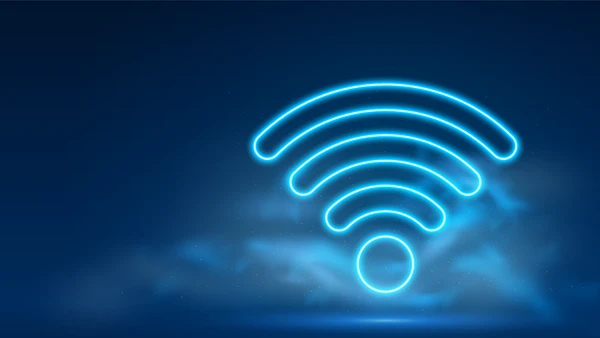Wireless Connectivity has become an important part of Single Board Computers, so much so that many boards have it by default. Even though it’s possible do add them via PCIe expansion cards and other ways, so many users expect a good experience that you almost can’t avoid putting Wi-Fi or Bluetooth. Getting Wi-Fi and Bluetooth working properly is easier when you use a known chipset configuration.
But not all chipsets are equal, and some boards skimp on the connectivity. So we’re going to go over a lot of the boards and choices.
Wireless Connectivity in 2024
It’s 2024 and the latest Wireless specifications are Wi-Fi 7 (802.11be) and Bluetooth 5.4 (amended). These are the most common radios you’ll find in SBCs, unless you’re looking at custom applications.
Wi-Fi
Wi-Fi 7 was only recently released, which means that Wi-Fi 7 options are relatively difficult integrated in SBCs. Since 802.11be (which Wi-Fi uses) is multi-gigabit, it requires extremely fast PCIe interfaces. This kind of performance is not something you’d necessarily see in Single Board Computers where cost is a factor. Even if you had a Wi-Fi 7 capable card and interface, driving that kind of performance requires expensive processors.
Because of the newness, cost, and performance requirements, Wi-Fi 6 (802.11ax) is a much more common, although many new SBCs still provide Wi-Fi 5 (802.11ac).
The improvements between 802.11ac, 802.11ax and 802.11be are not just throughput. There’s improved capacity, reduced latency and other features.
Bluetooth
Bluetooth 5.4 is the latest specification that has been approved, and many recent SBCs launch with Bluetooth 5.0 to 5.4.
However, there are a lot of differences even when a device claims to support a particular Bluetooth specification. For one, some devices support only Bluetooth Low Energy (BLE). One example for this is the BeagleY-AI that uses the CC3301 chipset that supports Bluetooth LE Only.
You want to be careful if you need Bluetooth Classic support to stream Audio via A2DP, or to select a board or chipset that supports it.
But there are also other features that are optional in BLE such as LE Long Range, LE Audio and others.
Figuring out whether a particular device supports a feature can be a bit of a challenge, since even if the manufacturer claims support, the software may not support it.
Internal vs. External Antennas
The decision of whether to use an internal or external antenna is usually overlooked. Internal antennas, like the one in the Raspberry Pi 4 and 5, provide quick connection but sometimes sacrifice performance. This is especially the case when you start adding HATs on top of the Raspberry Pi or use enclosures.
External antennas usually perform best and you can put them in a position away from metal.
Raspberry Pi 5
Wi-Fi 5 (802.11ac) with Bluetooth 5.2 (Classic + LE)
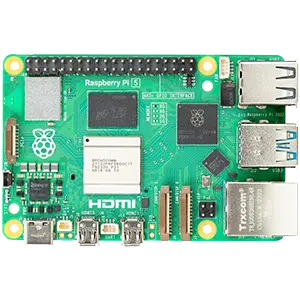
One downside of the RPI is that the only antenna is internal antenna on the PCB, which means performance can degrade depending on the configuration.
Orange Pi 5 Pro
Wi-Fi 5 (802.11ac) with Bluetooth 5.0 (Classic + LE)
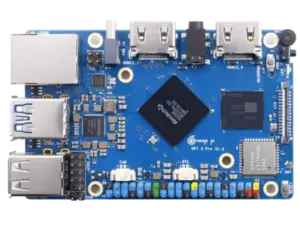
Image Courtesy of Orange Pi
BeagleY AI
Wi-Fi 6 (802.11ax) with Bluetooth 5.4 (LE Only)
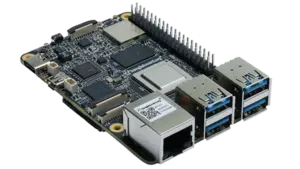
Image Courtesy of Beagle Board
Adding Wireless to SBCs
You can live with the connectivity offered by the SBC, or in many cases you can add better one. One option we’ve seen a lot of people use are the USB Dongle with Wi-Fi and Bluetooth
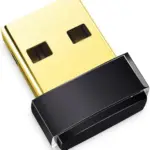
These dongles are limited by USB transfer speeds of 480Mbps (less in reality), unless they support USB 3.0 which few dongles do. Even worse, these dongles have very small antennas and their performance.
When you need better performance, adding a wireless PCIe card to an M.2 slot is a better option. PCIe has much better throughput than SDIO and USB depending on the specific PCIe generation used.

